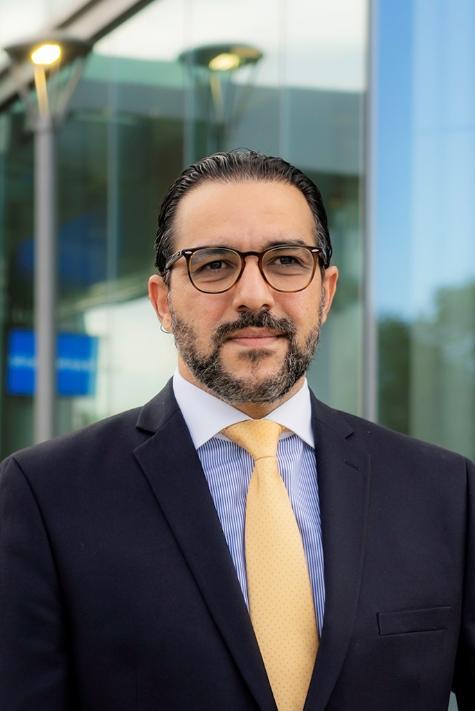Study by New York Medical College Researchers Shows More Stroke Patients Could Benefit from Thrombectomy
Patients Who Receive Thrombectomy Increase Their Life Expectancy by Five Years Compared to Patients Who Do Not Receive a Thrombectomy

According to a new study led by a team of researchers at New York Medical College (NYMC) and presented at the Society of NeuroInterventional Surgery’s (SNIS) 19th Annual Meeting in July, thrombectomy procedures can produce positive outcomes in patients experiencing strokes caused by a basilar artery occlusion (BAO)—despite typically being reserved for the treatment of large vessel occlusion (LVO) stroke.
“Patients who receive thrombectomy increase their life expectancy by five years compared to patients who do not receive a thrombectomy,” said Fawaz Al-Mufti, M.D., assistant dean for graduate medical education research and associate professor of neurology, neurosurgery and radiology, who presented the findings at the SNIS meeting, which he attended with the study’s lead author Alis Dicpinigaitis, SOM Class of 2023. “For every 10 minutes saved in getting a thrombectomy, patients experience an additional month of life free from disability. Furthermore, BAO stroke is associated with 40 percent mortality, and, of the survivors, 80 percent have severe deficits. This is especially true for BAO stroke patients with high NIHSS [National Institutes of Health Stroke Scale], where endovascular thrombectomy portends a mortality and disability benefit.”
Building on recent breakthroughs achieved in the ATTENTION and BAOCHE studies in China, NYMC researchers sought to assess whether the positive outcomes seen in BAO stroke patients who underwent mechanical thrombectomy procedures in those trials would translate to Western populations by conducting a retrospective analysis of the U.S. National Inpatient Sample database and included non-elective admissions of BAO patients with an NIHSS score >9 who received thrombectomy between 2015 and 2019.
Their analysis, which included nearly 4,000 patients from seven major hospitals across the nation, found that BAO stroke patients treated via thrombectomy were more likely to experience a positive outcome with no difference in the rates of mortality or symptomatic intracranial hemorrhage between the two groups. In addition, a subgroup analysis revealed that BAO patients with an NIHSS score >20 experienced a statistically significant benefit in terms of mortality rates, as well as favorable outcome benefits, after undergoing thrombectomy.
“We feel that this is a real-world corroboration of the clinical findings demonstrated in both ATTENTION and BAOCHE,” Dr. Al-Mufti said. “There are limitations to our study—we lack granularity, and we do not know about time from ‘last known normal’, but hopefully the overall size of the study will dilute the effects of these issues.”
